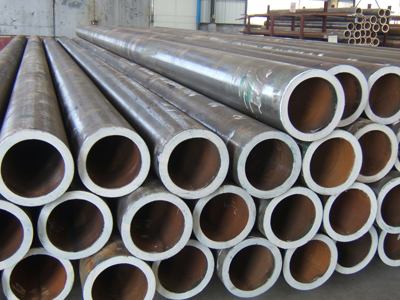How Does Galvanization Protect Pipes?
The zinc on the gi pipe serves as a sacrificial layer. It will rust before the metal beneath it, keeping the integrity of the pipe intact for much longer than regular pipes. Furthermore, even if the zinc layer is scratched or damaged, it will still protect the metal beneath it.

Galvanization involves coating steel, iron or aluminum with a layer of zinc. Although various methods can be used to apply the zinc layer, the most common method is hot-dipping, or fully submerging the metal in a bath of molten zinc. Hot-dipping is usually preferred over other methods because it produces a thicker, more durable zinc layer.
Galvanized materials have a range of uses, including pipes. GI pipes are particularly popular for outdoor applications. Here are a few commonly asked questions about galvanized pipes.
For most projects, you want to use materials that will last, because pipes that fail create headaches and added expense.
In certain situations and environments, steel pipes and fittings quickly begin to rust. And once they begin to rust, failure isn’t very far behind.
In those conditions, galvanized steel pipe may be your solution. Galvanized steel pipes are coated in a layer of zinc, making them resistant to rust and corrosion. Here are some basic facts about galvanized pipe that will help you decide whether it’s right for your next project:
The galvanization process involves hot-dipping a steel, iron or aluminum product in zinc, which completely coats the metal in zinc. Once the materials are in use, rusting will still occur, but the zinc layer will rust before the material underneath. This means that galvanized steel pipes remain usable for much longer.
